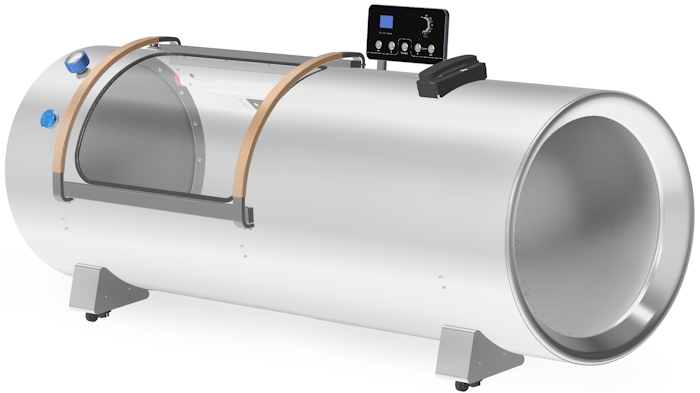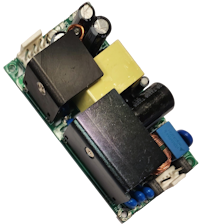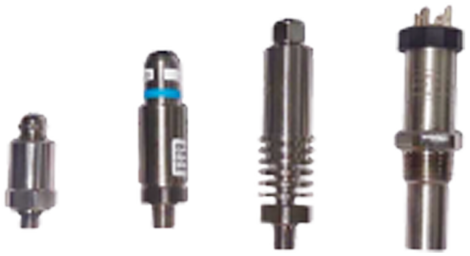
Applications
Hyperbaric Medical Chambers
Because hyperbaric oxygen therapy (HBOT) chambers administer pure oxygen at higher-than-normal atmospheric pressures, they consist of numerous key component parts to facilitate safe and effective treatment. From maintaining optimal pressure to sealing access points, from compression regulation and control to pressure gauges and sensors, Marsh Medical is your source for precision-engineered solutions.






Medical Transducers for Pressure, Temperature, or Humidity - MD800
The MD800 in a ventilator serves as a transducer that measures and monitors key parameters such as pressure, humidity, or temperature within the ventilator system.
Learn More ⟶
Medical Power Supplies - MDPS
Medical Power Supplies are used in hyperbaric medical chambers to convert incoming AC power to stable DC voltage, ensuring reliable and efficient operation of various components within the chamber. These power supplies offer high efficiency, customizable outputs, and are designed to operate under extreme temperature conditions, making them ideal for maintaining critical functions in hyperbaric environments.
Learn More ⟶
Electronic Flow and Pressure Controls - MD4000
The MD4000 is a key component in ventilators, functioning as an electronic flow and pressure control device. It is designed to provide precise regulation of air and gases within the ventilator system, ensuring that the correct pressure and flow rates are maintained. This is crucial for delivering the appropriate volume of air to the patient, tailored to their respiratory needs.
Learn More ⟶
Analog Electronic Regulator - MD3100
The MD3100 is used in sequential compression systems to provide precise and stable control of air pressure throughout the compression cycles. Its accurate pressure regulation ensures consistent inflation and deflation of compression garments, which is crucial for effective therapy. With its compact design and minimal air consumption, the MD3100 optimizes pressure control in these low-flow medical applications, enhancing the reliability of sequential compression devices.
Learn More ⟶
